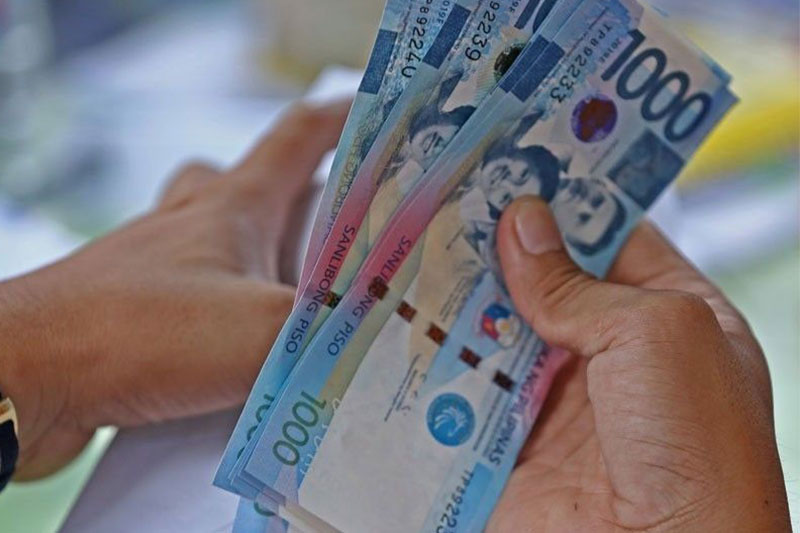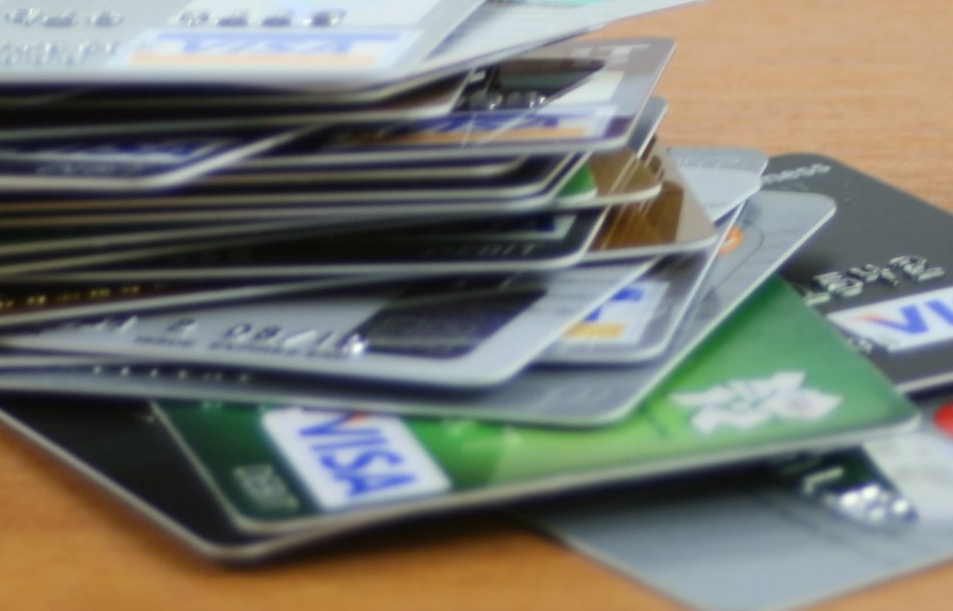In many parts of the world, access to traditional banking services remains a distant dream for millions of individuals living in poverty. For these marginalized communities, securing even a small loan can be a significant challenge, making it difficult for them to break the chains of poverty and build a better future. However, a powerful financial tool called microfinance has emerged as a beacon of hope for these underserved populations. Microfinance, through its provision of small loans and other financial services, has been empowering communities and transforming lives. In this article, we will delve into the world of microfinance, exploring its impact on communities, the different models and institutions, success stories, challenges faced, and its alignment with sustainable development goals.
Understanding Microfinance
At its core, microfinance refers to the provision of financial services, such as small loans, savings accounts, and insurance, to low-income individuals or those who lack access to traditional banking services. These financial services are usually tailored to meet the specific needs of the borrowers, and the loan amounts are relatively modest, often ranging from a few dollars to a few hundred dollars.
The Purpose of Microfinance
The primary purpose of microfinance is to uplift the economic status of the financially excluded population by providing them with a means to invest in income-generating activities. By granting small loans, microfinance aims to empower individuals to start or expand their businesses, thus fostering entrepreneurship and self-reliance.
How Microfinance Works
Microfinance institutions (MFIs) are the key players in the delivery of microfinance services. They operate by collecting funds from various sources, including donations, grants, and investments, and then disbursing these funds to eligible borrowers in the form of small loans. MFIs often provide financial education and support to borrowers to ensure responsible borrowing and financial management.
The Impact of Microfinance on Communities

Breaking the Cycle of Poverty
One of the most significant impacts of microfinance has been its ability to break the cycle of poverty. By providing access to capital, microfinance enables individuals to invest in income-generating activities, which in turn leads to increased household income and improved living standards.
Empowering Women
Microfinance has proven to be a powerful tool for empowering women in underserved communities. Women, who are often disproportionately affected by poverty and limited access to resources, have been able to start their own businesses and gain financial independence through microloans.
Promoting Entrepreneurship
Microfinance has been a catalyst for promoting entrepreneurship, particularly in areas with limited economic opportunities. With access to capital, aspiring entrepreneurs can turn their business ideas into reality, contributing to local economic development.
Microfinance Models and Institutions
Grameen Bank Model
One of the most renowned models of microfinance is the Grameen Bank model, pioneered by Nobel laureate Muhammad Yunus. The Grameen Bank provides small loans, also known as microcredits, to impoverished individuals without requiring any collateral. This model has inspired similar initiatives worldwide and has had a profound impact on poverty reduction.
Self-Help Groups
Self-help groups (SHGs) are another popular microfinance model. These groups are formed by community members, and they pool their resources to create a fund from which members can borrow money. SHGs not only provide financial assistance but also serve as platforms for social and economic empowerment.
Microfinance Institutions (MFIs)
Apart from the Grameen Bank and SHGs, numerous microfinance institutions operate globally, each with its unique approach to delivering financial services to the underserved. These MFIs may be nonprofit organizations, for-profit companies, or government-backed entities.
Challenges Faced by Microfinance

High-Interest Rates
One significant challenge faced by microfinance is the relatively high-interest rates on microloans. While these rates are necessary to cover the operational costs of MFIs, they can sometimes burden borrowers, especially during economic downturns.
Over-Indebtedness
Another concern is the risk of over-indebtedness among microfinance borrowers. Access to multiple loans from different sources can lead to borrowers taking on more debt than they can manage, putting them at risk of default.
Lack of Financial Education
Financial literacy is essential for borrowers to make informed decisions about their finances. However, many borrowers lack access to adequate financial education, which can hinder their ability to utilize microloans effectively.
Success Stories of Microfinance
Case Study 1: Roshan’s Journey
Roshan, a determined woman from a rural village, had always dreamt of starting her own tailoring business. With no access to traditional banking, her dreams seemed unattainable. However, through a local microfinance institution, Roshan obtained a small loan to purchase a sewing machine and fabrics. Today, she runs a successful tailoring business, not only supporting her family but also employing other members of her community.
Case Study 2: Maria’s Small Business
Maria, a widow and mother of two, struggled to make ends meet. With the support of a self-help group, she received a microloan to start a small grocery shop. As her business thrived, Maria’s income increased, allowing her to send her children to school and provide them with a better future.
Microfinance and Sustainable Development Goals (SDGs)
Poverty Eradication (SDG 1)
Microfinance aligns closely with SDG 1, which aims to eradicate poverty in all its forms. By providing financial services to the poor, microfinance contributes to lifting individuals and communities out of poverty.
Gender Equality (SDG 5)
SDG 5 focuses on achieving gender equality and empowering women. Microfinance has been instrumental in advancing this goal by providing women with financial resources and empowering them to take control of their lives.
Decent Work and Economic Growth (SDG 8)
SDG 8 emphasizes promoting sustained, inclusive, and sustainable economic growth. Microfinance plays a vital role in creating economic opportunities and fostering entrepreneurship, contributing to this goal.






Leave a Reply